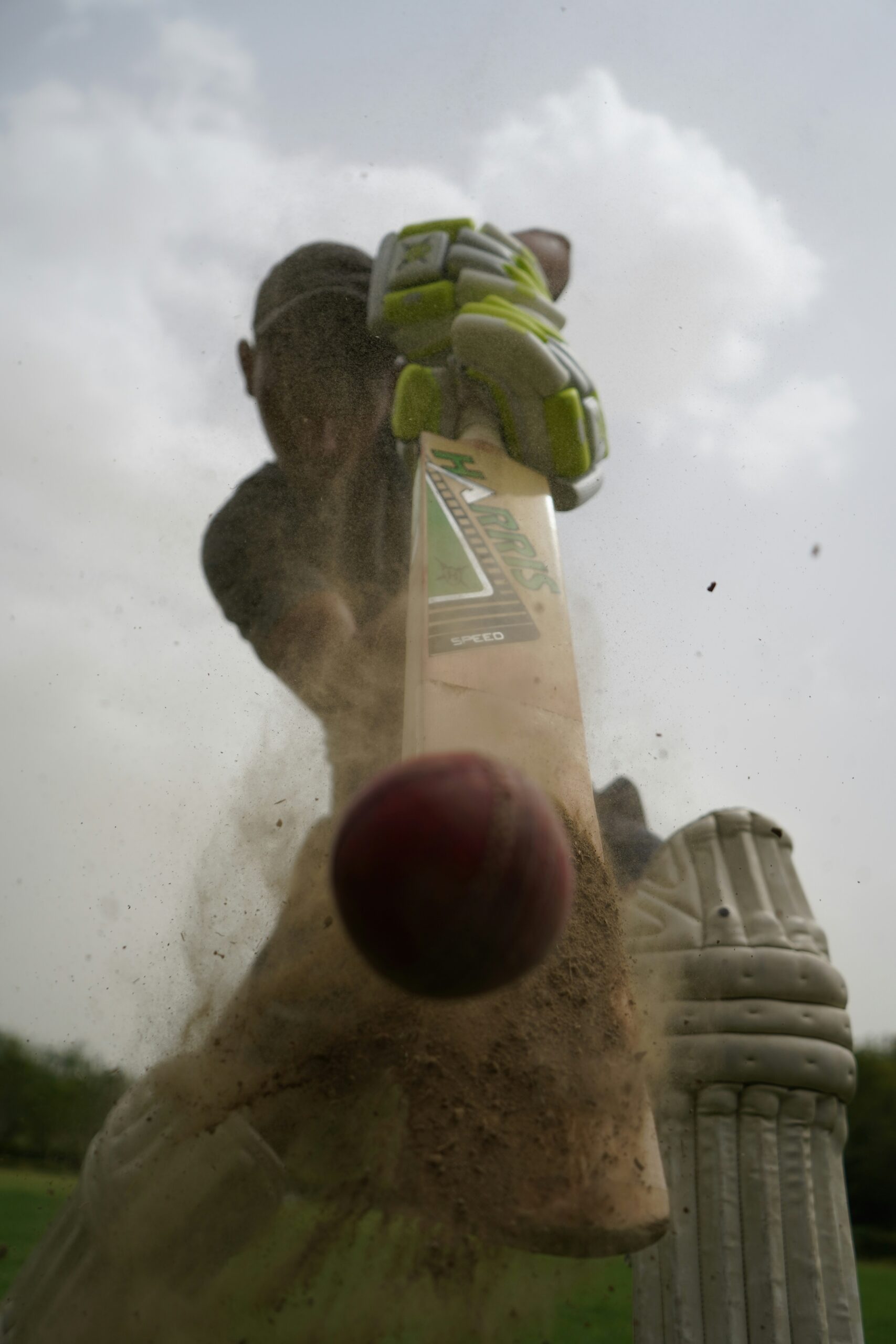Elevating Your Game with Mindfulness Techniques for Athletes
In the world of sports, where the margins between winning and losing are often razor-thin, athletes are constantly searching for that elusive edge. It’s no longer just about physical prowess or technical skill; the mental game is increasingly recognized as a crucial component of success. Enter mindfulness—an ancient practice that has found its way into modern athletics, promising to enhance performance, reduce stress, and cultivate a greater sense of focus. But how exactly can mindfulness techniques elevate your game? Let’s dive into this intriguing intersection of mental wellness and athletic performance.
The Science Behind Mindfulness
Before we delve into practical techniques, let’s take a moment to understand what mindfulness really is. At its core, mindfulness is the practice of being present in the moment, fully aware of your thoughts, feelings, and surroundings without judgment. This might sound simple, but the benefits are profound. Research has shown that mindfulness can improve concentration, enhance emotional regulation, and even bolster resilience—qualities that are essential for athletes.
Studies suggest that athletes who engage in mindfulness practices can experience significant reductions in anxiety and stress levels. A notable study published in the “Journal of Sports Psychology” found that athletes who practiced mindfulness reported improved performance under pressure. Imagine a basketball player at the free-throw line, the crowd buzzing with anticipation. A few deep, mindful breaths could mean the difference between sinking that shot or feeling the pressure boil over.
Mindfulness Techniques for Athletes
Now that we have a grasp on the science, let’s explore some practical mindfulness techniques tailored for athletes. These practices can be integrated into training sessions, pre-competition routines, or even during competitive events.
1. Breathing Exercises
Breathing might seem like a mundane activity, but it’s a powerful mindfulness tool. One common exercise is the “4-7-8” technique:
- Inhale deeply through your nose for 4 seconds.
- Hold your breath for 7 seconds.
- Exhale slowly through your mouth for 8 seconds.
This technique not only calms the nervous system but also helps to sharpen focus. I remember speaking with a triathlete who incorporated this into her pre-race routine. She swore by it, saying it transformed her anxiety into a sense of calm control.
2. Body Scan Meditation
Another effective technique is the body scan meditation. This practice involves mentally scanning your body from head to toe, paying attention to any areas of tension or discomfort. Here’s how to do it:
- Find a quiet space where you won’t be disturbed.
- Close your eyes and take a few deep breaths.
- Begin at the crown of your head, noticing any sensations, and gradually move down to your toes.
Many athletes report that this practice helps them connect with their bodies more deeply, facilitating better physical awareness during competition. I once watched a local soccer player use this before a match, and he claimed it helped him identify when to push himself and when to conserve energy—which is crucial in a game that can demand so much.
3. Visualization Techniques
Visualization is a form of mindfulness that involves creating a mental image of success. Athletes often use this technique to rehearse their performance in their minds. Here’s how it works:
- Find a quiet space to sit or lie down comfortably.
- Close your eyes and take a few deep breaths to relax.
- Visualize yourself executing your sport perfectly—feel the sensations, hear the sounds, see the surroundings.
It’s akin to a mental dress rehearsal. I recall a conversation with a former Olympic swimmer who described how he visualized every stroke before diving into the pool. It wasn’t just about imagining winning; it was about feeling every muscle movement and the rush of water around him.
Integrating Mindfulness into Training
Integrating mindfulness techniques into your training regimen doesn’t have to be complicated. It can be as simple as taking a few moments before or after practice to engage in mindfulness activities. Here are some tips to seamlessly incorporate mindfulness into your routine:
- Set aside time: Dedicate a few minutes at the start or end of each training session for mindfulness practice. It doesn’t have to be long; even five minutes can be beneficial.
- Mindful warm-ups: Transform your warm-up routine into a mindful practice. Focus on your movements and breathing rather than getting lost in thoughts about the game ahead.
- Group mindfulness: Consider introducing mindfulness exercises to your team. Practicing together can foster team cohesion and improve overall performance.
It reminds me of a local marathon training group that began their sessions with five minutes of meditation. The feedback was overwhelmingly positive—runners reported feeling more connected to their bodies and less anxious about the long miles ahead.
The Role of Mindfulness in Competition
Mindfulness can be particularly valuable during competitions. The pressure to perform can create a whirlwind of thoughts and emotions, often leading to self-doubt or anxiety. Mindfulness techniques can serve as anchors, helping athletes maintain focus amidst the chaos.
1. Pre-Competition Mindfulness
Before stepping onto the field, court, or track, take a moment to center yourself. Engage in a brief mindfulness practice—whether it’s deep breathing, a quick body scan, or visualization. This can help calm nerves and sharpen focus. I remember a story about a high school basketball player who struggled with anxiety before games. His coach advised him to visualize sinking his first shot. The young man did just that—and he found that this simple technique transformed his performance.
2. Staying Present During Competition
Once the competition begins, it’s easy to get distracted by external factors—crowd noise, rival athletes, or even thoughts about winning or losing. Focusing on the present moment can help you stay engaged in the game. Here’s a technique to try:
- Whenever you feel overwhelmed, take a mental check-in. Ask yourself: “What am I doing right now?”
- Redirect your focus to your breath or your body’s movements.
This practice is like having a reset button. I spoke to a tennis player who described how he used this technique during a particularly intense match. Every time he felt himself getting anxious, he would focus on the feel of the racket in his hand and the rhythm of his breath. It helped him stay composed and ultimately win the match.
Overcoming Challenges with Mindfulness
While the benefits of mindfulness are clear, it’s important to acknowledge the challenges that may arise. For many athletes, the idea of sitting quietly and “doing nothing” can feel foreign or counterproductive. Here are some common hurdles and how to overcome them:
- Restlessness: If you find it hard to sit still, start with shorter sessions and gradually increase the time. Remember, even a minute of mindfulness can be beneficial.
- Distracting thoughts: It’s natural for thoughts to wander during mindfulness practice. When this happens, gently guide your attention back to your breath or the present moment without judgment.
- Self-criticism: Be kind to yourself. Mindfulness is a skill that requires practice. Celebrate small victories rather than focusing on perceived failures.
Many athletes struggle with these challenges, but the key is consistency. (Trust me, I’ve had my fair share of moments where I wondered if I was doing it “right.”) It’s about finding what works for you and sticking with it, even when it feels difficult.
Long-Term Benefits of Mindfulness
As athletes continue to incorporate mindfulness into their routines, the long-term benefits can be substantial. Beyond enhanced performance, mindfulness fosters a healthier mindset, reduces the risk of burnout, and promotes overall well-being. Here are some of the lasting impacts:
- Improved emotional regulation: Mindfulness helps athletes manage emotions more effectively, reducing instances of frustration or anger during competition.
- Enhanced focus and concentration: Over time, mindfulness practice can lead to improved attention spans, allowing athletes to immerse themselves fully in their sport.
- Increased resilience: Mindful athletes often demonstrate greater perseverance in the face of challenges, whether it’s an injury or a bad performance.
I spoke with a former professional athlete who attributed his longevity in the sport to his commitment to mindfulness. He emphasized how it not only improved his performance but also enriched his enjoyment of the game. “I realized that it’s not just about winning,” he said, “but also about being present and appreciating the journey.”
Conclusion
In the ever-evolving landscape of sports, mindfulness techniques are emerging as valuable tools for athletes seeking to elevate their game. From breathing exercises to visualization, these practices can enhance focus, reduce anxiety, and promote emotional resilience. As athletes learn to navigate the mental challenges of competition, mindfulness offers a pathway to greater self-awareness and performance.
Whether you’re a seasoned professional or a weekend warrior, it’s worth considering how mindfulness might fit into your athletic journey. After all, in a world where every little detail counts, the mind is a powerful ally—or foe. So, why not embrace the art of mindfulness and discover how it can transform not only your game but also your relationship with your sport? Who knows, the next time you step onto the field, you might just find that the secret to success lies in the quiet moments of clarity and focus.




